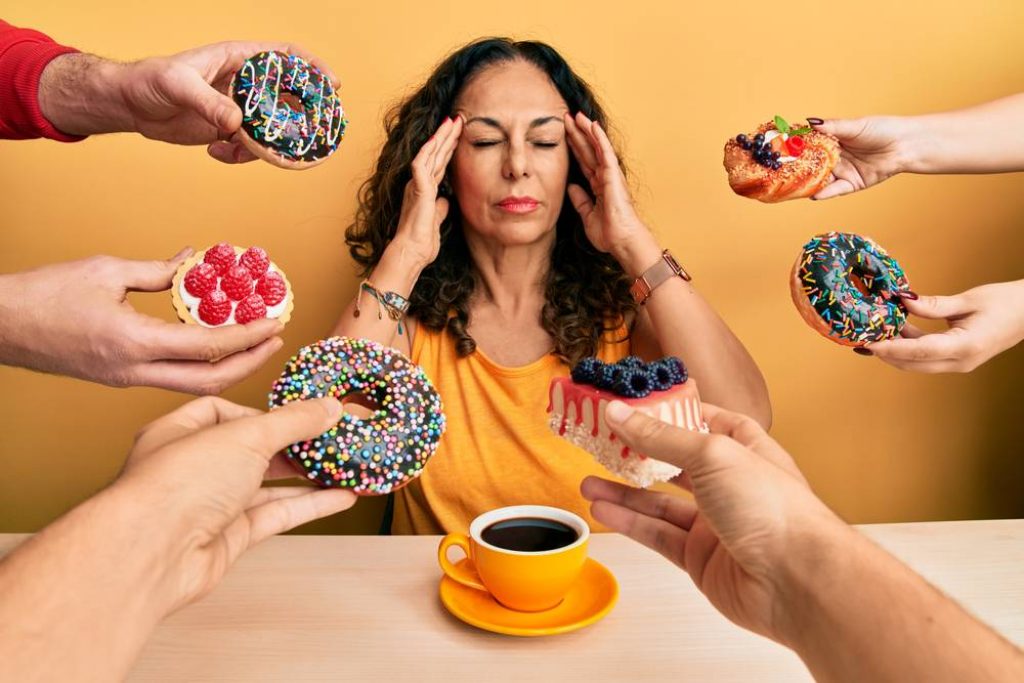
Foods For Migraine Prevention
If you have never experienced it, migraines are quite debilitating and can strike unexpectedly at any time of day, even upon awakening. Apart from certain foods and ingredients, migraines can also be triggered by various other factors, such as excessive stress, hormonal imbalance, sensory overload, sleep deprivation and environmental changes.
Related Topics (Sponsored Ads):
In a nutshell, migraines generally occur when the blood vessels in the brain become constricted, thus depriving vital oxygen to the brain and forcing the heart to work harder to keep the blood pumping. The overall symptoms vary greatly from person to person, such as visual auras, nausea, vomiting, etc. Even the specific area of the brain that gets affected is often different with each migraine sufferer. But there is one thing that is universally felt- All migraines are sheer agony. To put it quite mildly, they feel like someone is pounding your head with a hammer. Many would say that it’s a kind of pain they simply can’t tolerate in their day to day lives.

How To Pinpoint Your Particular Migraine Triggers
As mentioned above, migraine inducers/triggers differ for everyone, so it’s not always easy to determine exactly which foods, habits and external factors are causing your migraine attacks. But not to worry, regarding foods, there is a very simple solution to help you figure it out- By using a “food journal”. This process of elimination takes some time and patience, but it’s well worth the effort.
This is how it works: After a meal, jot down the specific foods you ate and what ingredients were used to make it, then wait till the next meal. If you don’t experience any signs of a developing migraine, you can write those foods in the “Safe” category. However, if you do feel a migraine coming along, you’ll need to cut out one of the highly suspect ingredients from your diet, one by one, until you no longer get any migraine symptoms.
Common food triggers include:
• aged cheeses
• alcohol, particularly beer and red wine
• chocolate
• cured and highly processed meats, such as salami and pastrami.
• food preservatives, such as nitrates, nitrites, MSG, and artificial sweeteners such as Aspartame
• smoked fish
• yeast extract
Other things that can cause a migraine include dehydration, not brushing your teeth, especially after coffee or foods high in sugar, which irritate the sensitive nerves under your teeth that are connected to your brain, and waiting too long to eat, which is a common issue for those who tend to have low blood sugar levels.
Luckily, there are plenty of foods to choose from, studied and approved by The Association of Migraine Disorders, that can help reduce the risk of developing a migraine, and can prevent it from happening altogether.
Bread, Grains, and Cereals
• most cereals, except for those containing nuts, dried fruits, or aspartame
plain or sesame seed bagels
• quick bread, such as pumpernickel or zucchini bread
• most plain pretzels and potato chips
• unflavored crackers, such as saltines or Club crackers
• white, wheat, rye, or pumpernickel bread from a store
Meats and Seeds
• fresh beef, chicken, fish, lamb, pork, turkey or veal
• poppy seeds
• pumpkin seeds
• sesame seeds
• sunflower seeds without natural flavors
Salad Dressings and Sauces
• homemade dips that use fresh ingredients without artificial flavorings
• homemade ranch dressings
• oil and distilled white vinegar salad dressings
Vegetables and Fruits
• fresh fruits
• fresh vegetables
• preservative-free bagged lettuce
Some examples of fresh vegetables that are good to eat for migraine prevention include peppers, zucchini, fresh potatoes, carrots, and cauliflower.
Note: Avoid all dried fruits and citrus fruits.
Caffiene- Remedy For Mid-Migraine Attack
If a pesky migraine happens to strike, and you don’t have access to a dark quiet room or special medication to make it go away, studies have shown that caffeine can help immensely. Believe it or not, caffeine is often added to many over the counter headache and migraine treatments.
According to The American Migraine Foundation, people who are prone to getting migraines should limit their daily intake of caffeine to 200 milligrams (mg). Overdosing on caffeine can do more harm than good, because it can lead to withdrawal headaches, which would be counter productive to say the least.
In addition, if you experience nausea during a migraine episode, try nibbling on some simple, bland foods, such as white bread, saltine crackers or pears.
Final Thoughts
Migraines are way more common than you might think, and if they’re frequent and severe, it will impact your ability to function and get things done. But you’re not alone. And thanks to joint medical and scientific efforts worldwide, you don’t have to suffer anymore. There are so many kinds of remedies available, and most don’t cost much to obtain. Please note- If nothing seems to be helping, then make an appointment with a doctor to discuss it and figure out what you should do next. Don’t let migraines control your life, don’t let it bring you down. It is very possible to live a migraine- free life, if you’re willing to dedicate some time and effort into it.




